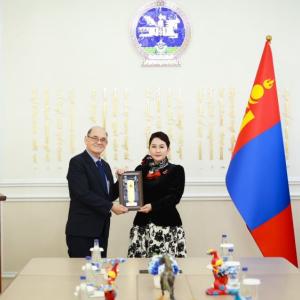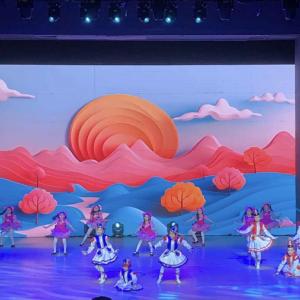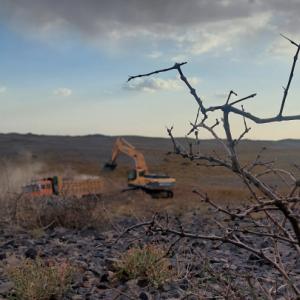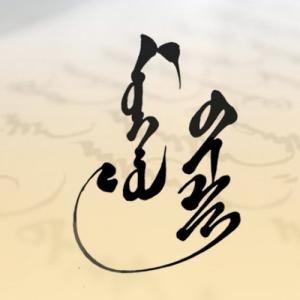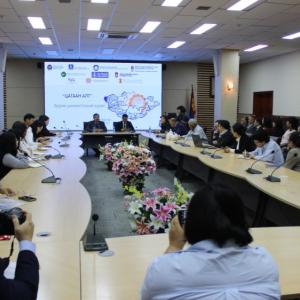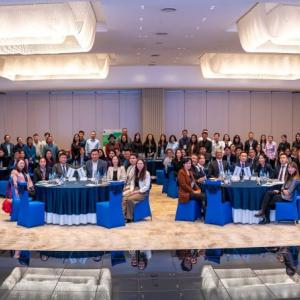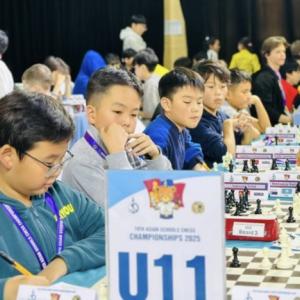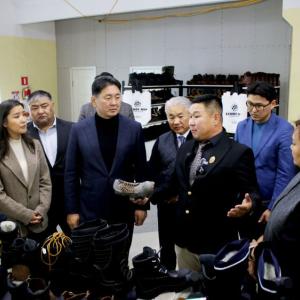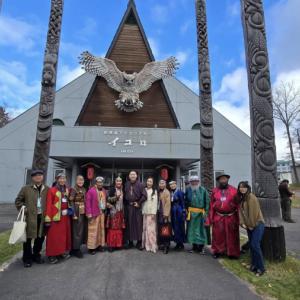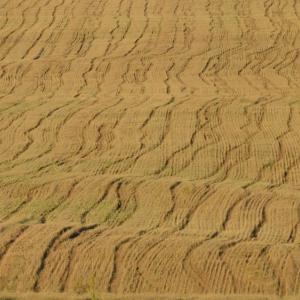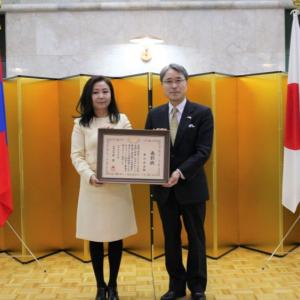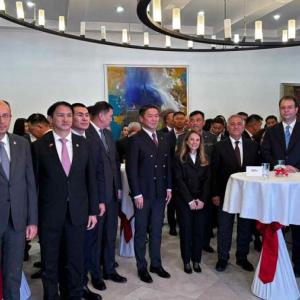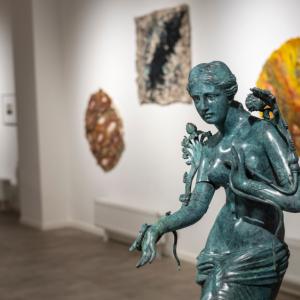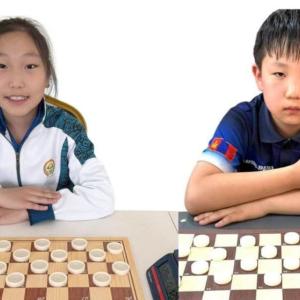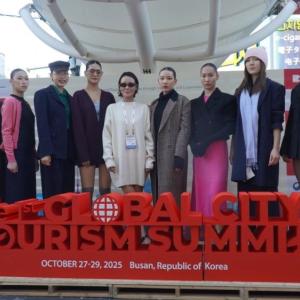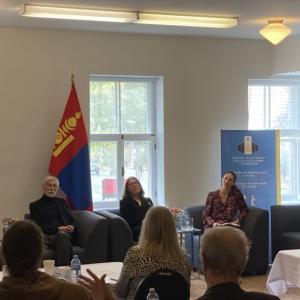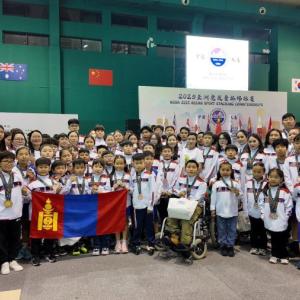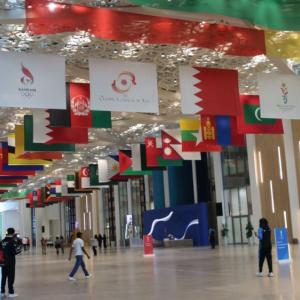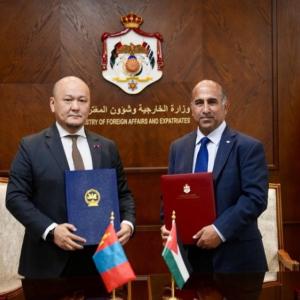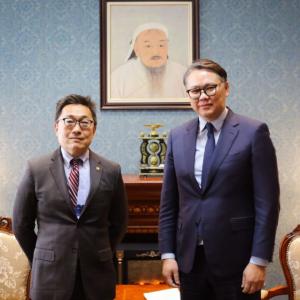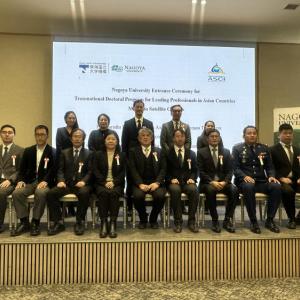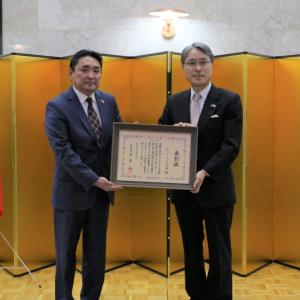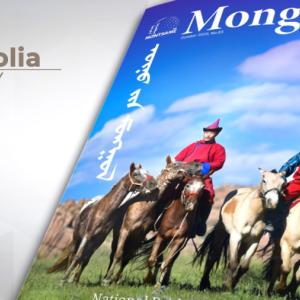From the rare artifacts being kept at Local Museum of Zavkhan aimag
Art & Culture
Zavkhan /MONTSAME/. There are various precious, rare artifacts being kept at the Ethnographic Hall of the Local Museum of Zavkhan aimag.
Religious tool (lyanga)
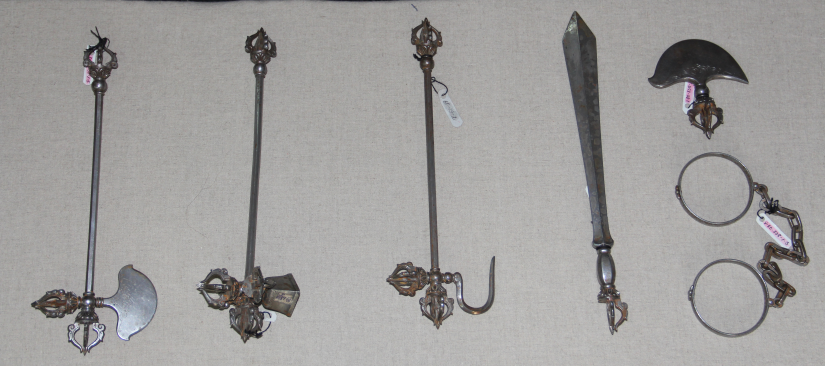
There are 6 of this particular type of tools being kept in the collection of the Ethnographic Hall of the museum. Originating from the early 19th century, the religious artifact was made by a craftsman named Gurbadam. Used for worshipping the land, mountains, and rivers, it was used alongside other religious items.
Wooden Purev
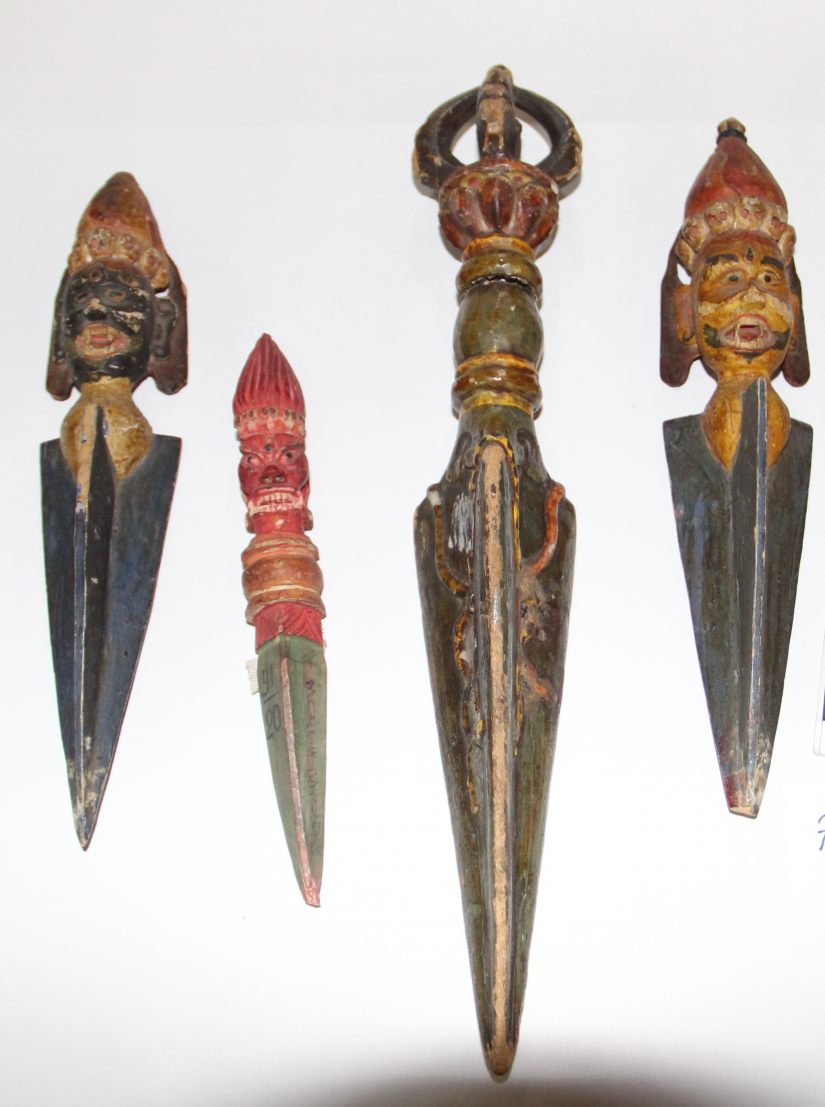
The exhibit is one of the wooden works created by a famous local craftsman named Suren in the late 19th century. Based in Aldarkhaan soum of Zavkhan aimag, he was the craftsman that created some of the well-known religious wooden artifacts in Mongolia. Wooden and iron Purevs were used by monks to tame evil and malicious spirits.
Bronze mortar and iron pestle
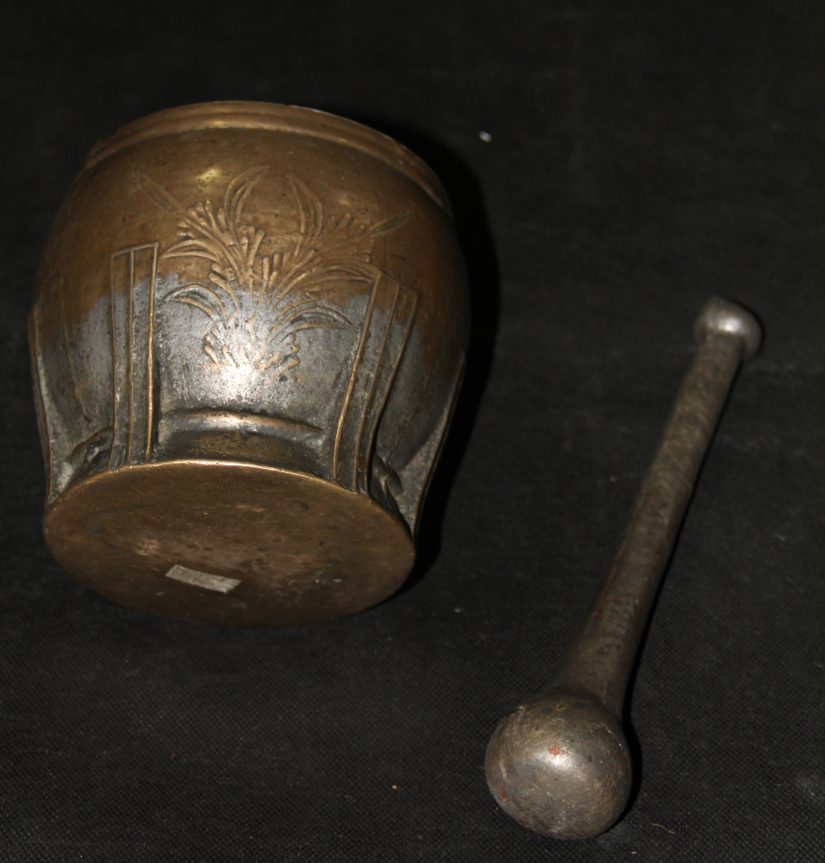
A bronze mortar and an iron pestle were made in the late 18th century. Grains are depicted on the two sides of the mortar. It was common for Mongolian households to turn tealeaves as well as various herbs and grains into powder using similar mortars and pestles made of materials such as bronze, iron, wood, and stone.
One of the four Red Jamsaran masks in Mongolia
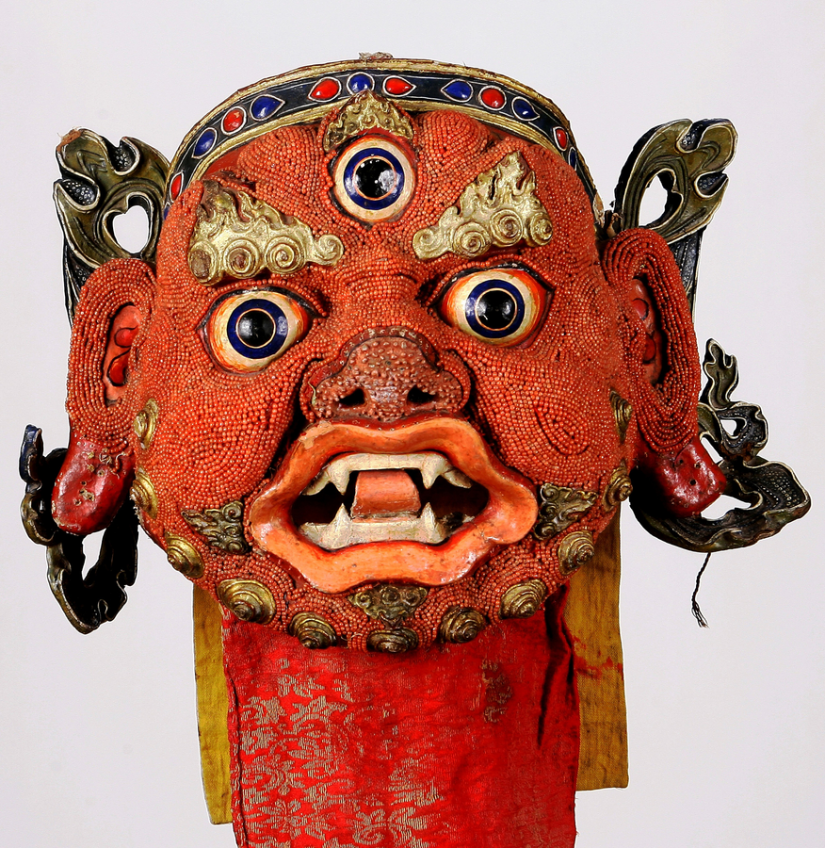
This coral mask being kept at the Ethnographic Hall of the Local Museum of Zavkhan aimag is recorded as a work made by the craftsmen of Dalain Choinkhor van khoshuu, which is modern-day Ikh-Uul soum of Zavkhan aimag.
The mask of one of the ten wrathful Dharmapalas - Jamsaran is distinct from other masks made with coral for its depiction of the shape of facial muscles using some 6,800 coral beads as small as a grain of rice. With one bead weighing just 1.655 grams, it is a rare religious artifact with intricate craftsmanship.
Originating from the late 18th century, the rare artifact was added to the museum’s collection in 1950. It is also believed to have certain magical powers as locals still continue to believe that one’s wish comes true if they pray to the mask with all their faith.
The second coral mask being kept at the Choijin Lama Temple Museum was made by a famous sculptor named Puntsag-Osor in the 19th century using gold, silver, coral, pearl, turquoise, and lapis lazuli. The tsam mask weighs 30 kg, and weighs a total of 70 kg along with its costume. The Jamsaran costume consists of 18 items, such as the coral mask, deel, bone ornament, and chest piece. The coral mask of the Red Jamsaran was registered in the list of invaluable cultural heritage of Mongolia in 1995. Later on, the full costume set was registered in the list as according to the resolution of the Government of Mongolia in 2013.
The other two masks are kept at the Fine Arts Zanabazar Museum.
 Ulaanbaatar
Ulaanbaatar








